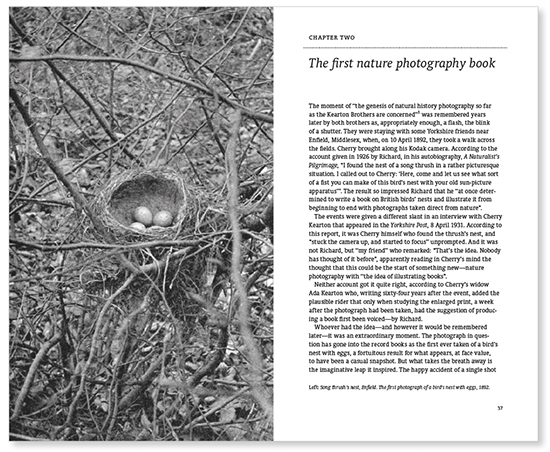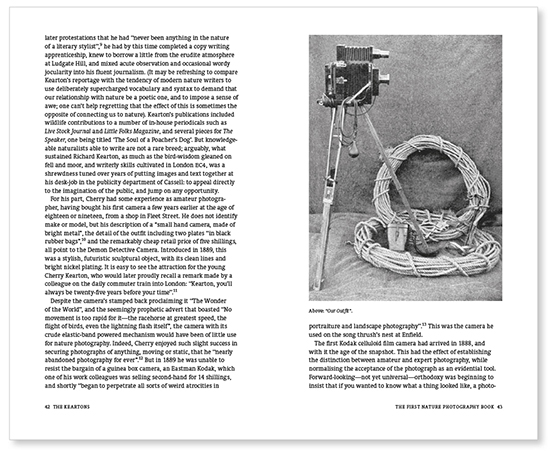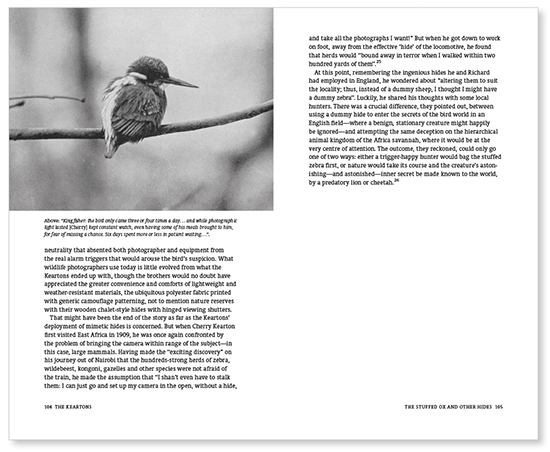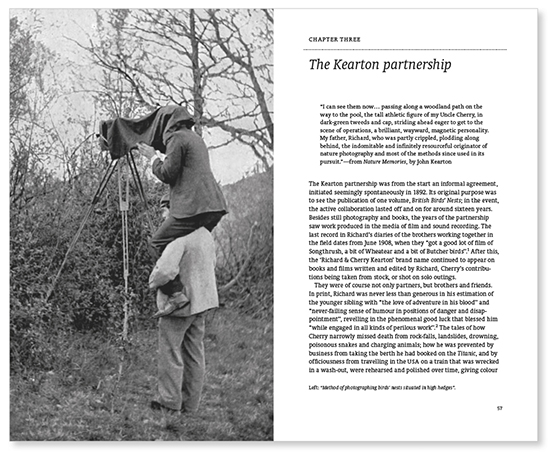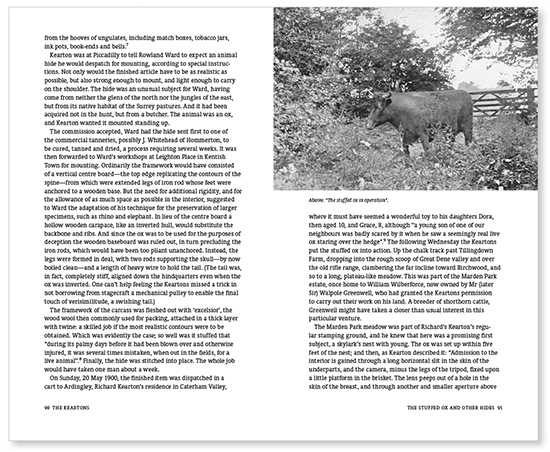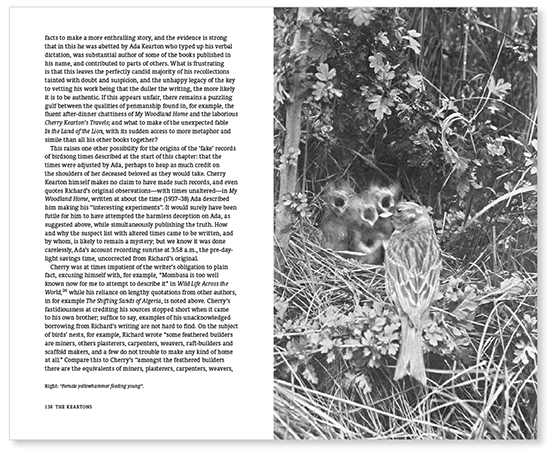 The ACP is looking for a new Director with the vision, skills and capacity to lead the institution successfully through the next phase of its history.
The ACP is looking for a new Director with the vision, skills and capacity to lead the institution successfully through the next phase of its history.
The Director is ACP’s chief executive officer reporting directly to the Board and is responsible for leading the organisation strategically and operationally to achieve its goals and deliver its artistic program.
This position requires a visionary individual with exquisite judgement who can engage with the artistic and photographic community both nationally and internationally, and prominently represent the art of photography and photo media in Australia.
ACP is at a crucial and exciting phase in its development as a national cultural institution, which will generate challenges and opportunities for our new Director. The organisation has the benefits and strength of its powerful reputation, a strong digital and web capability, an energetic and committed Board, significant operational agility and an optimistic and entrepreneurial spirit.
It is crucial that our new Director has the interpersonal and communications skills to engage with multiple and varied stakeholders, and especially with the community of photographers and artists who closely associate with the ACP. It is also vital that the new Director has a strong understanding of the role that digital technologies and platforms can play in this engagement, from social media right through to exhibition and education.
Other key stakeholders include elected officials and public servants in all three tiers of government, business partners and corporate sponsors, private donors and philanthropic foundations as well as representatives of arts and cultural organisations generally.
ACP has a track record of partnering with other arts and cultural organisations so it is critical for the Director to identify and leverage resources in order to sustain our operations and achieve our artistic objectives.
The Director needs to have a close working relationship with the Curator in the development and realisation of ACP’s artistic program of exhibitions. Working closely with and supporting other staff is critical to achieving successful outcomes in Education & Public Programs, and the ACP Workshop.
Having the ability to provide informative and appropriate reporting to the Board and in particular to develop an honest and robust relationship with the Chairman will be important to the successful execution of the Director’s responsibilities as the CEO of ACP.
See more here and apply by 4 November.
The transit of Venus in 1874 has long been of interest to the photographic historians and the periodicals of the period. A newly released collection of digitised papers at Cambridge Digital Library has been added to the successful Board of Longitude Collection that was released in 2013. The Transit of Venus collection includes a selection of papers and photographs from the Royal Greenwich Observatory archive, including journals kept by Captain George Lyon Tupman as he oversaw training at Greenwich from 1872, led the expedition to Honolulu in 1874 and returned to the Observatory to process the mass of observations until 1880. There are also images and lists of the instruments and stores taken, and the Kailua sub-station journal kept by George Forbes.

